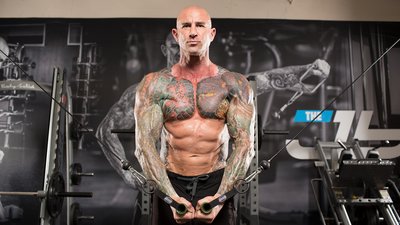You've probably done "21s" on preacher curls before—most longtime gym rats have—but if you've never used the technique on other muscle groups, you're in for a treat. A muscle-building, fat-burning treat, that is.
The last program of mine that I took you through on my social media channels, "Whole-Body Speed Set Training," which I published on JimStoppani.com, broke each set down into three different rep speeds: fast and explosive, super slow, and regular tempo. The 21s technique, on the other hand, breaks each set down into three different ranges of motion.
The end product is a five-day program that taxes every last muscle fiber in all major muscle groups in every workout. Using varying ranges of motion in this manner, with high reps, will promote hypertrophy and fat loss because of the high-intensity demands of the program.
21s Refresher
In case you're not familiar with 21s, it's a fairly standardized technique where a single set of an exercise consists of three different parts, 7 reps each.
The first 7 reps are performed through the first half of the exercise's range of motion (ROM). So if we're talking about the bench press, the ROM here will go from the bar touching the chest to pressing it halfway up.
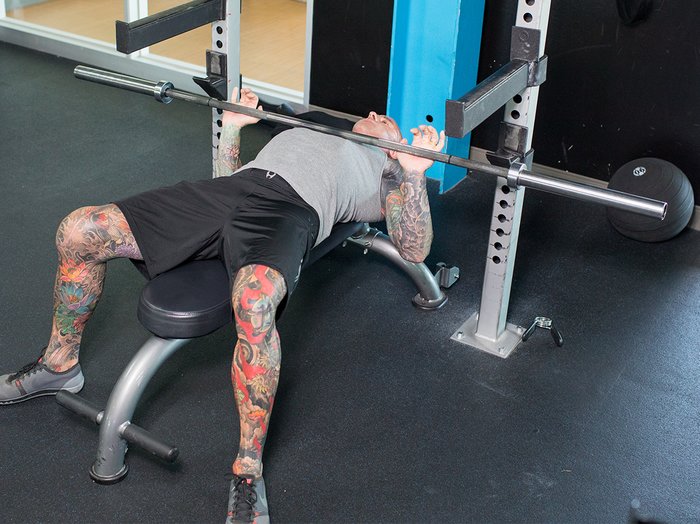
The next 7 reps are performed through the last half of the ROM. On bench press, this would be from the halfway point (where you stopped on each of the first 7 reps) to pressing the bar all the way up to elbows extended, but not locked out.
The last 7 reps are performed with a full ROM—the manner in which you'd normally do the exercise.
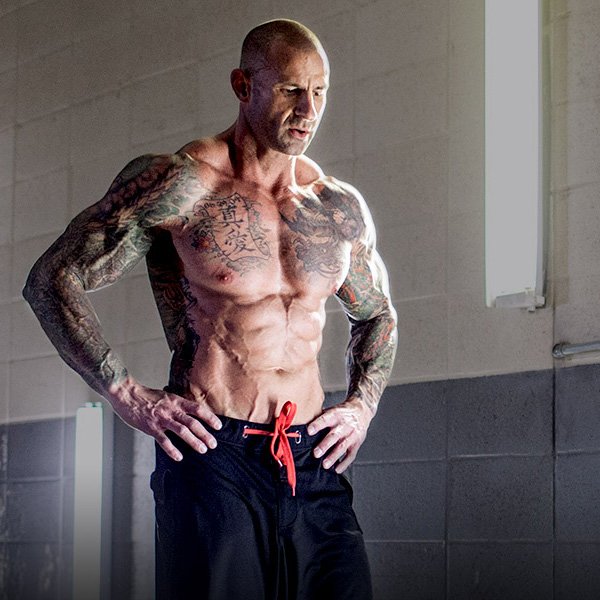
Method to the 21s Madness
Most people who have done 21s before probably just think of it as a high-intensity burnout technique for the biceps. Not only can 21s be used for all other muscle groups, but there's actually sound rationale for the protocol that goes beyond simple muscle confusion.
Let's start with the first 7 reps, those in the first half of the ROM. On a given exercise, this is typically the part of the movement where you're weakest; your "sticking point" should reside somewhere in this range. That's why you're doing these reps first, when your muscles are at their freshest.
Not only will you be working on getting stronger in your weakest part of the ROM here, but you'll also be training flexibility, as you'll be starting each partial rep from the muscles' fully stretched position. If you have a tendency to stop a little bit short at the bottom of your reps because of the intensity of the stretch, this will be a good habit-breaking exercise for you.
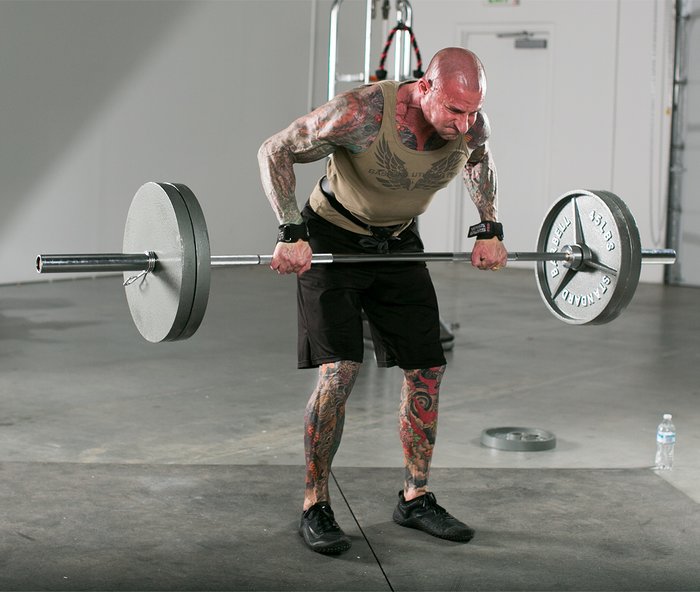
The next 7 reps will occur in the portion of the ROM where you're strongest. These will be the most productive in terms of muscle growth, as you'll feel stronger and will be able to squeeze the contraction hard at the top of each rep.
The final 7 reps, performed with full ROM, are for pure burnout. Your muscles will be fatigued after having performed 14 partial reps prior, so you'll be gritting these ones out. Intensity will be at its highest level here, which will further promote muscle growth on the heels of the previous 7 reps.
By the end of the set—not to mention the workout—your muscles will be screaming. Not only will you have done a high-rep set, but those 21 reps will target the muscles in a way you're not accustomed to. That's where the muscle confusion comes into play. Confused muscles are growing muscles!

Back: The Exception
Back exercises, however, will take on a different order. Much like the bench press, where you're weakest from the chest to the halfway point, with rows and pull-downs you're weakest when the bar is past the halfway point and closer to the body.
So with rows and pull-downs, the first 7 reps are done from the halfway point to the bar touching chest, the next 7 reps are done from the arms fully extended until you pull to the halfway point, and the last 7 reps are full ROM from full arm extension to the chest.
21s Guidelines
The 21s technique can be used on virtually any exercise. Some people feel 21s are more conducive to single-joint movements like biceps curls, but I think they work great for compound moves as well.
In the workouts I post on my Facebook and Instagram pages in the coming days, you'll see how diverse 21s can be. I'll use the technique on all types of movements and with various equipment: single-joint, multijoint, free weights, machines, cables, even single-limb exercises.
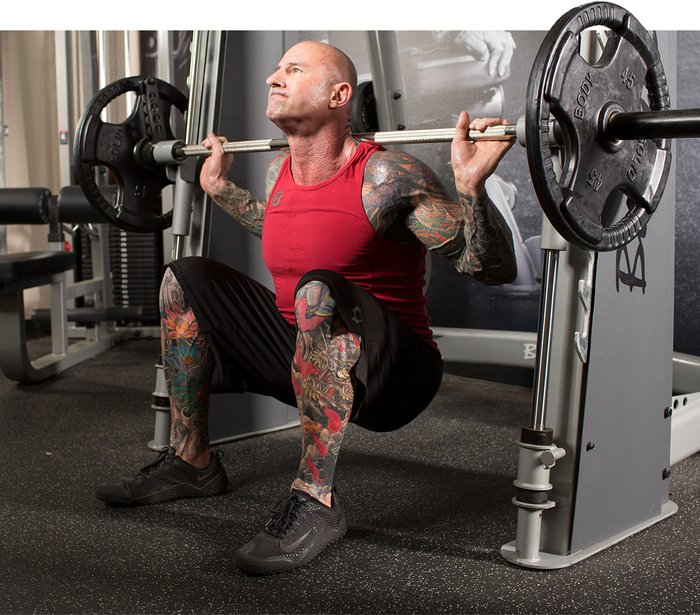
Regardless of what exercise you're doing, you'll need to lighten the load when doing 21s. I recommend using a weight that's approximately 50-60 percent of your 10-rep max. Besides the fact that 21 reps is a relatively high count for most people who train for strength and size, the muscle confusion elicited from the partial reps will limit how much weight you can use. Err on the light side your first time or two through 21s. If your first set of an exercise ends up being too easy, you can always add weight on subsequent sets.
In my Full-Body 21s program, you'll be doing one exercise each for ten different muscle groups in each workout, in this order:
- Chest
- Back
- Legs
- Shoulders
- Traps
- Triceps
- Biceps
- Forearms
- Calves
- Abs
You'll be doing just two sets per exercise, which will be plenty considering the intensity of each set and the fact that you'll be doing a Full-Body 21s workout five days in a row.
You don't have to do the exact same exercises I'm doing, those are just a guide. Plug in whatever moves you want that are comparable to mine, and you'll experience the same effects.
It's time to start building more muscle, head to toe—21 reps at a time.
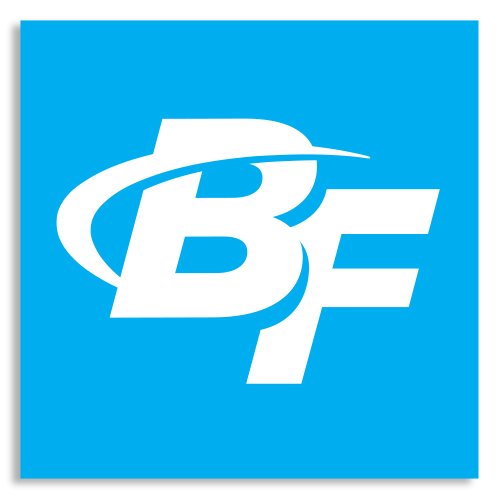
Visit JimStoppani.com for more workouts, training tips, and articles on nutrition and supplementation.


